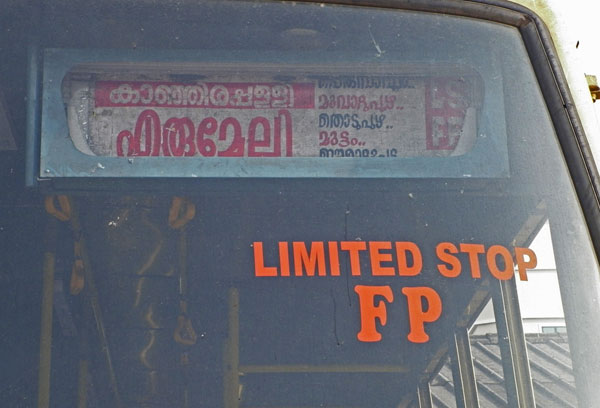Written by Dijo Kappen on Manorama Online
When Sir CP Ramaswamy, Diwan of Travancore, addressed the Sreemoolam Assembly on July 21, 1937 about plans to start a public transport system, he spoke thus: “Transport is the fundamental right of the country that cannot be avoided under any pretext. Public transport should be useful for the public and it is the government that needs to ensure that transport systems work well for the public. This initiative is not intended to make a profit, but it will make a profit; I will ensure that it is profitable.”
On February 20, 1938, the Transport department’s first bus started its journey from Thiruvananthapuram central bus station to Kowdiar Palace. That was the maiden run of the department’s bus services.
When India became independent, a national act brought public transport under the control of the state. The Road Transport Corporation Act was meant to offer efficient and cheap transport options to the public. The KSRTC came into existence on March 15, 1965 with 661 schedules and 901 buses. At that time, 3,469 private buses were operating in the state.
Today, one has to take many issues into account before agreeing or disagreeing with a recent court suggestion that hinted at closing down the KSRTC because it was no more profitable. If one takes into account the operating figures of the corporation in the 2012-13 period, one can see that the corporation is of course making a loss. More specifically, it earned Rs1,626.30 crore, but its expenditure was Rs2,200.69 crore. That means its loss was Rs574.39 crore.
In India, KSRTC is believed to have the highest revenue per kilometre, highest bus fare and highest salary expenditure among peers. According to a review report by the central organisation of transport corporations, the average distance covered by the corporation in a day is 260 kmswhile peers in Tamil Nadu cover 452 kms and those in Andhra Pradesh cover 363 kms.
One has to say that the existing double-duty system of the KSRTC is quite unscientific and forcing personnel to work for 16 hours a day has to be done away with. With the recent increases in fare, in quick successions, travellers started to depend on trains for long distance travel and on two wheelers for short distance travel. Efforts have to be made to bring back these commuters to KSRTC. Another move that could affect the operational efficiency of the corporation is the allotment of super class permits for private operators in nationalised routes since this would only help private operators. While the corporation makes a profit of Rs36 per km on nationalised routes, when it competes with private buses, it can make only less than Rs22 per kilometre.
Pensions are the government’s welfare measure and it is the responsibility of the government to modify pension schemes to operate it profitably. The commuter should not be penalised to pay more and higher pensions.
The KSRTC needs to ensure better use of its real estate assets and it could even explore ventures along with the private sector. The corporation also need to create revenues from parcel, post and courier ventures.
A public transport system is also a social service. KSRTC is the only hope for Kerala’s commuters who venture out of their homes in the early morning and late evening. KSRTC is also the only service that provides transport to interior areas of the state without the focus on profit.
The need of the hour is treatment aimed at curing the maladies of the corporation; killing KSRTC to solve them is not a solution.
(The author is the Managing Trustee of the Centre for Consumer Education)



















